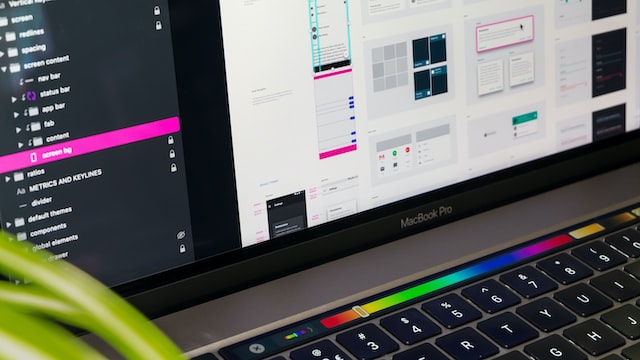Websites are essential tools for businesses of all sizes, but only if you put in the effort to create a user-friendly site. Increased web traffic from your digital marketing strategy will only lead to conversion if you direct users to an easy-to-navigate website. Rich content is essential, but if the site’s not responsive, they won’t stick around to read it. Google has rolled out its Page Experience Signal, so it’s more important than ever to have a responsive, user-friendly website.
No matter what industry you’re in, an accessible, logical flow of information where users can easily find what they need. As NZ digital marketing experts, we discuss some of the simple elements that create a user-friendly page experience to help small businesses.
Keep Things Simple
First and foremost, don’t go overboard. Users don’t want to be bombarded with a whole bunch of information, especially if it’s irrelevant to them. Separate the information in a logical form, reflected by your site structure.
Silo website architecture enables users to navigate your site easily, indexing content into relevant categories. An organised site doesn’t just help search engines crawl your website but makes it easy for potential customers to find what they need.
With a modern smartphone and free editing tools like Canva, your business can create high-quality content for social media. Plus, many social platforms have built-in ads suites where you can set a budget as small as your budget for as little as $1.00.
Besides paid content, social media is a powerful tool for local businesses to reach customers in their area. When creating your content, have shareability at the root of your idea. Share buttons are great for local spots to extend their reach.
Don’t Leave People Waiting
Nobody wants to be left waiting. Big files like sliding banners, large images, and other assets slow down your site and increase the bounce rate. Avoid large sliding banners, for example. Not only do they push valuable information below the fold while often looking clunky, but they also slow things down.
The leading cause of slow landing pages is large images. If your image files are too big, it will take a while to load. Ensure that you optimise images before implementation. Many contributors to slow page speed are deeper beneath the surface. Have your web developer investigate the more technical end of things and make relevant changes.
For example, 80% of the page loading time is spent downloading individual elements that make up the page. Images, stylesheets, scripts, and more, are downloaded from HTTP requests. Your web developer can find places to minimise these requests and reduce load speed.
Make Your Site Mobile-Friendly
In 2022, everyone and their grandparents use a mobile device to browse the web. If your site isn’t mobile-friendly, consider it invisible. No matter how much effort you put into your digital marketing strategy, a user will click out of your site if it’s not mobile-friendly.
If a user clicks your ad but lands on a page where tiny text fills the entire screen, they won’t stick around. We’ve all seen a website on our phones that requires you to scroll from left to right just to read a couple of sentences.
Site optimised for mobile consider the various device sizes and simplify navigation. Allow the user to easily navigate without zooming in and out or seeing page elements misplaced. You can use easy tools, like Google’s Mobile Friendliness Test, to see how your website performs on mobile and identify areas to improve.
Create a Clear Path to Conversion
Every detail that goes into your website should all be working toward a conversion. Whether it’s to click a button, buy a product, or make a phone call, allow users to get there effortlessly. Don’t fluff your content up; make it relevant, reliable, and informative. Use your content to lead the customer toward the action you desire. Keep less relevant information out of the way at the bottom of the page.
Put thought into your call to action. “Click here” will get the job done, but it’s not engaging. A bright, clickable button with an enticing message will receive many more clicks.
An optimised path to conversion will differ between businesses and industries. When creating a landing page, the best thing to do is start with your end goal. What do you want from your user? This question will help you build a relevant landing page that will direct a user toward conversion.
Ultimately, the common denominator of the elements discussed is to make things simple for your intended traffic and search engine crawlers. All it requires is some time to create a responsive, user-friendly page experience. Once you’ve done that, your digital marketing strategy will direct your target audience to an optimised, easy-to-navigate website.
Ready to take take your business to the next level?
Upskill in Digital Marketing with NZIE. Check out our range of courses: from short courses in social media marketing strategy and SEO to a full Digital Marketing Diploma.


